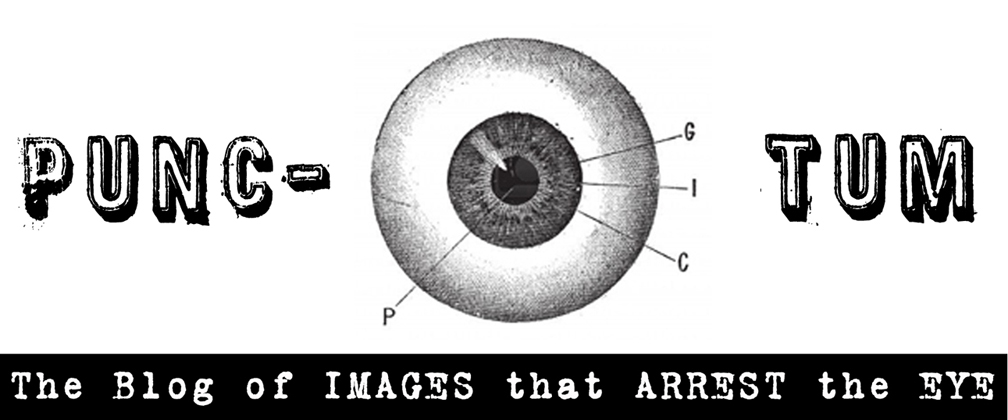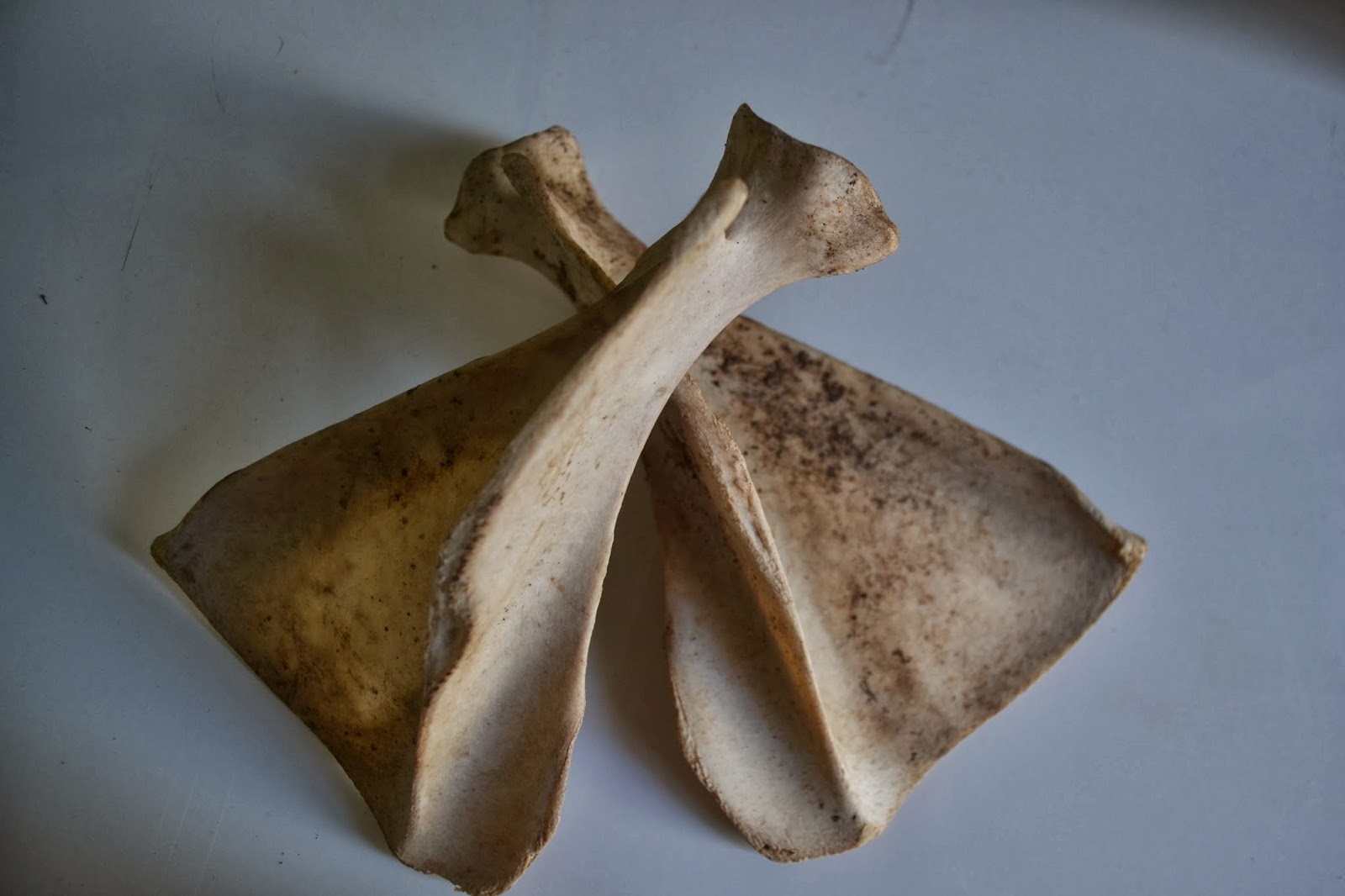“If I like a
photograph, if it disturbs me, I linger over it,” Rolland Barthes writes in Camera Lucida.
Like Barthes, I am
fascinated by images that disturb or distress. The goal of this project is to
explore why we pause over pictures that disgust us, and what we
can learn from such images. Even though we might find a particular image
perturbing we can’t help but look at it. In fact, it becomes hard to look
away. It arrests the eye. Is this some sort of sadistic pleasure—my eyes taking in objects that hold
the power of attraction and revulsion simultaneously?
I’m snared by certain
details in photographs because they contain punctum.
Like the period under an exclamation point, a sharp needle prick, the hole
an arrow makes, the spot where lightning strikes, punctum is a detail that attracts or distresses the viewer. The punctum can arouse sympathy or a flash of
insight. Barthes explains “However lightening-like it may be, the punctum has…a power of expansion. This
power if often metonymic.” For Barthes, photographs could transcend themselves,
becoming no longer the medium, the stand-in representing reality, but reality
itself. He asks, “Is this not the sole proof of its art?”
The argument that
art must strike a universal chord to be effective is not a new one. If the
images contained in this blog have any universality, it’s in their power to
disgust the viewer. As early as 1872 Darwin recognized disgust as a basic
emotion identifiable across cultures. Disgust has a universal facial expression
too: squinted eyes, wrinkled nose, and curled upper lip. The other common theme
these images share is that all, in some way, reference the Body. Although the
stimuli that trigger disgust can be very individualized and can change due to
social conditioning and a person’s age and experience, most, if
not all, triggers involve the Body.
It is not my intent
to stand on a soap box and scream, though many of the disturbing images—in the
way the bear witness to atrocity—might spur social activism. It is not my aim
to simply gross out my audience either—though some images might invoke the gag
reflex. Instead, my goal is to explore—through description and story—what these
disturbing images mean. Perhaps ruminating on the images is a
subversive notion. After all Barthes would think so. He believes “photography is
subversive not when it frightens, repels, or even stigmatizes, but when it is
pensive, when it thinks.” I hope the images I write about do all of the above.
May the content contained here not only transmit a slice of reality but also spur contemplation.










